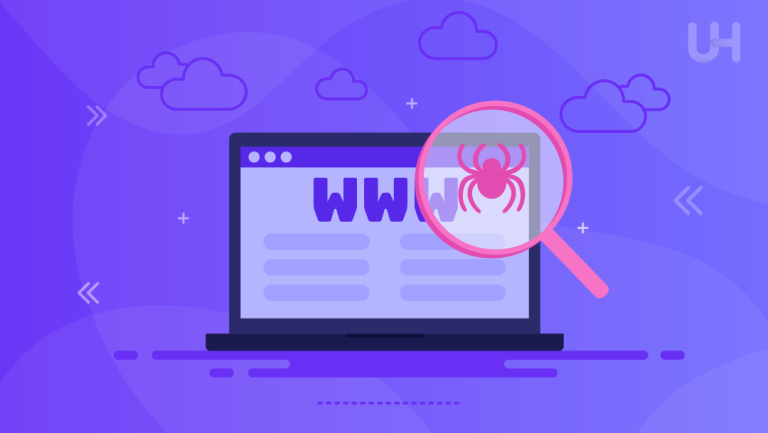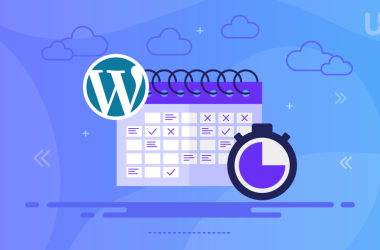SEO is essential for organic traffic and visibility on search engines like Google. Optimizing pages with targeted keywords, high-quality content, and good internal linking will lead to higher rankings in the website’s results and attract targeted traffic. This is where the concept of first link priority comes in. Effective SEO strategies are vital for long-term growth and success.
In this blog, we will discuss various SEO strategies, including first-link priority and basic approaches such as user experience, page speed, mobile optimization, and structured data. These methods will help you boost your site’s search engine performance.
Key Takeaways
- Overall ranking factor: While not a major ranking factor alone, it contributes to how Google values and interprets internal linking.
- First link priority: Refers to the idea that Google may only count the first anchor text link pointing to a page when multiple links exist.
- SEO impact: It can influence how search engines interpret link equity and anchor text relevance.
- Anchor text importance: Using clear, keyword-rich anchor text in the first link helps guide Google’s understanding of content.
- Multiple links: If multiple links go to the same destination, only the first anchor text might be considered for ranking purposes.
- Navigation vs. content links: Links in navigation menus may override in-content links if they appear first in the HTML.
- Best practice: Place your most relevant, descriptive link higher in the HTML structure for SEO clarity.
- Not a penalty: First link priority doesn’t harm your SEO but can limit optimization opportunities if ignored.
What Is First Link Priority?
First-link priority is an SEO concept used when a a single page points to the same internal URL many times on multiple keywords. In this case, the first anchor text used in the HTML code usually appears to search engines as context or relevance to a target page.
That means if a page links to the same URL multiple times using different keywords or anchor text, then search engines will give more importance to the anchor text of the first link they crawl. In effective internal linking, you should place your most relevant anchor text first for maximum SEO.
Is First Link Priority Good For SEO?

The impact of the First Link Priority on SEO is nuanced. Research and expert analyses have suggested that this may be a relatively easy and fast rule the search engines will always follow. While some research and expert analysis indicate that search engines might give more weight to the first link, this still needs to be confirmed.
Note that no search engine confirms this. But if this is true, you’re better off strategically positioning your more critical links, using descriptive anchor text, throughout prominent positions on your webpage. This can boost the relevance and ranking potential of the pages they link to. It also clarifies that a rational, logical internal linking structure should offer a good user experience. In addition, good SEO works in the same manner.
The First Link Priority may affect SEO differently. Instead, clear, descriptive anchor text for primary links and good linking structure are effective strategies for enhancing your site’s performance on search engines.
Why is First Link Priority Famous?
First Link Priority became famous within SEO based on observations and research around how search engines, notably Google, handle multiple links to the same destination on a webpage. In due course, SEO experts noticed that where a page included multiple internal or external links to the same URL, the search engines favor the first link regarding ranking. This led experts to discuss how search engines assess anchor text and link value to nurture leads.
Search Engine Algorithms
Google algorithms have been known to depend on internal links to determine a website’s structure and page relationships. First Link Priority became famous because of a theory that Google might focus on the first link during crawling, making it the most relevant signal for ranking.
Impact on SEO Best Practices
No search engine confirms the first link priority rule, but because it is widely discussed, it has been factored into SEO best practices for internal linking because it can impact rankings. This has now influenced all SEO experts to position important links early on a page, often in the first few paragraphs or top-level navigation.
Optimize Your SEO Strategy with the Right Tools!
Are you maximizing the impact of your first link priorities in SEO? Pair your strategy with UltaHost’s SEO VPS to boost your site’s performance and ranking. With lightning-fast speeds and robust security, your SEO efforts deliver the desired results.
Not A Ranking Factor
As Google’s algorithms have evolved with machine learning and semantic understanding, the importance of the first link has diminished. Google now considers the overall context of reliable web server hosting and the relevance of links rather than prioritizing their placement in the content.
But with the development of Google’s algorithms-considering the inclusion of machine learning and technologies like RankBrain and BERT-they have become much better at understanding what’s behind links in terms of content and context. That means Google now looks at all the links pointing to a page, considering the overall relevance of the content rather than just prioritizing the first link.
These Google search rankings are based on many factors, including the quality of content, SEO backlinks, user experience, and more. However, while internal links are still crucial for site structure, Google doesn’t give preference to the first link in a way that would significantly impact rankings. It looks at all the internal links pointing to a page, considering their relevance and surrounding content and how those links fit within the broader structure of the website.
The context of the link is more important than its placement order. A link in a section highly relevant or authoritative may count more than the first link simply because it aligns better with the user’s search intent. Several experiments and real-world tests have shown that the order of the links has minimal if any, impact on rankings. Links placed later in the page can also help in ranking if they are contextually correct and relevant to the content.
How To Optimize Your SEO For First Link Priority
Begin by defining your Most Valuable Pages, which you want to rank higher in search engines. These might target very competitive transactional keywords for good sales or informational keywords that bring lots of traffic. Concentrate only on the URLs with the most considerable potential to increase your ranking. These will be pages to link, considering the First Link Priority rule.
Link from Relevant Pages
Create your list of pages from where you want to link back to your MVP. For effective results, go out of your way to find URLs that best relate specifically to the content you want on your webpage. Using your MVP page, for instance, discussing: “how to make a good French press coffee,” choose pages on French Press Coffee or the generally used technique in making coffee and making presses for coffee. These linking contents add contextual value to your webpage MVP and promote its chances of standing out.
Position Your Links Higher on the Page
When placing internal links, using the first link priority rule, the higher they are on a page, the better they seem than down toward the bottom. In the case of first link priority, your MVP. According to search engines, the higher a link on the page is, the greater the chances of it being influential.
However, where the referring page is more transactional, for instance, product or service pages, consider placing the link a little further down the page because such pages are designed to drive conversions, and putting a link near the top might distract users from completing the desired action. For instance, placing the link lower could be more appropriate if your referring page includes a micro-conversion, a newsletter sign-up, or, less importantly, an action.
Other Strategies For SEO
- Improve User Experience: Improve the website’s navigation and layout and use a fast server to keep your visitors engaged.
- Optimize for Mobile: Make sure your website is fully responsive and mobile-friendly.
- Use Structured Data: Use schema markup to help better search engines understand your content.
- Optimize Page Speed: Fast loading reduces bounce rates and improves ranking.
- Create High-Quality Content: Pay extra attention to information, research, and engaging content that will meet user intent.
- Social Signals: Use social media to promote your content; this will increase views and traffic.
Conclusion
The First Link Priority can affect how search engines see internal links; however, it is not confirmed by any search engine. Keep in mind that it is not the sole determinant in ranking. Placing the most valuable internal links higher on the page, using relevant anchor text, and focusing on relevant linking pages are key to leveraging this unconfirmed concept effectively. However, remember that First Link Priority is just one piece of the SEO puzzle. Combining this with a comprehensive SEO strategy can give the best results.
The Dedicated Hosting Solution from UltaHost offers exclusive server resources and optimized routing to implement the First Link Priority rule seamlessly. It ensures reliable, high-performance traffic.
FAQ
What is the first link priority in SEO?
First Link Priority is an unconfirmed concept in which search engines place more weight on the first link from a page.
Does first-link priority affect SEO rankings?
SEO focuses primarily on the link’s relevance, quality of content, and user experience rather than the order of links.
How do I optimize my SEO strategy using the first link priority?
While the first Link Priority is debated, the best practice is using descriptive anchor text to ensure the link is contextually relevant.
Should I place my most important links first in my content?
Placing important links near the top can benefit visibility, but it should maintain a logical and user-friendly structure.
Does Google use first link priority in its algorithm?
The search engine ranks pages by relevance, quality of content, and context, not link order.
Can first link priority be relied on as a surefire way for better SEO results?
Overall relevance of content, quality of links, and an effective internal linking strategy hold much more value in yielding better SEO results.
What are the best practices for Internal linking in SEO?
Use descriptive anchors, and ensure that links and internal link structure are straightforward and user-friendly.












